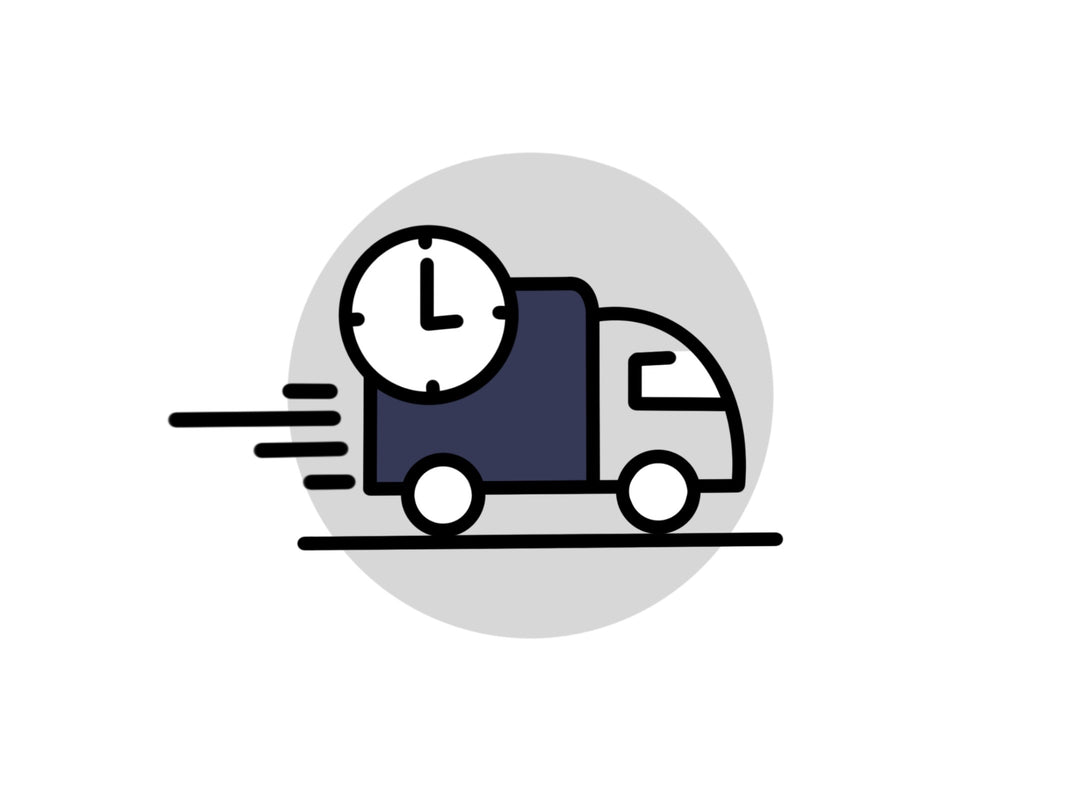All You Need to Know about the Montessori Mirror (A Complete Guide)

As an Amazon Associate we may earn from qualifying purchases.
Introduction
Maria Montessori felt that children could learn better if classrooms were designed to fit their nature. Children love to play and move about, and Maria Montessori created a teaching method that allowed learning through play.
Children would not be chair-bound but allowed to move about the classroom engaging in different activities. This type of learning is called experiential learning.
Experiential learning cements in a child’s mind, helping the child to remember the topics learned. Before formal schooling, you can encourage the same experiential learning in your home through many Montessori methods.
One of the foundational products used at the infancy age is the Montessori Mirror.
Want to skip the article and just buy a mirror?
What is a Montessori Mirror?
Check out this amazing Montessori mirror video by Montessori for Babies!
Children love to see themselves in the mirror.
The Montessori wall mirror is a great way to encourage movement and interactive play.
It teaches infants about cause and effects as they watch their movements in the mirror and allow a child to explore their body through visual touch and reaction in the mirror.
The mirror is typically a permanent fixture in Montessori classes and nurseries. Children love that mirrors are shiny, and the presence of one will keep them entertained for a long time.
If you are looking for a Montessori mirror for your baby room, here are essential factors to consider.
What Size Mirror Should I Get?
When choosing a Montessori mirror, it’s important to consider the size of your space and your child’s needs. The Mini Montessori Mirror from Hatchberry is thoughtfully designed to fit perfectly in smaller spaces while offering all the benefits of a full-sized mirror.
Its compact size makes it ideal for pairing with your playmat, allowing your child to see themselves move and explore during tummy time or play. Plus, its versatile design ensures it remains useful as your child grows—no need to worry about frequent upgrades.
The Mini Montessori Mirror is an affordable and practical option that grows with your little one.
Plus, There’s the Contrast Cards!
The Mini Montessori Mirror comes with an added bonus: contrast cards. These beautifully designed, double-sided cards (featuring 10 unique designs) can be displayed using the built-in ledge on the back of the mirror.
Contrast cards are perfect for stimulating your baby’s visual development, especially during their early months. High-contrast patterns captivate your baby’s attention, helping to strengthen their focus and promote brain development. They’re a simple yet powerful tool to enrich your baby’s learning and playtime while seamlessly integrating into your Montessori setup.
With the Mini Montessori Mirror and its contrast cards, you’re getting a multifunctional product that supports your child’s growth and independence from day one!
How Much Does a Montessori Mirror Cost?
Montessori mirrors can range widely in price, with large, traditional options often costing around $150 or more. However, the Hatchberry Mini Montessori Mirror offers an affordable alternative at under $50, without compromising on quality or functionality.
While many families explore second-hand mirrors for affordability and sustainability, finding one specifically designed for Montessori use can be challenging. Big box store mirrors might be inexpensive, but they lack features tailored to a Montessori environment.
The Hatchberry Mini Montessori Mirror combines affordability with intentional design. Unlike larger setups with pull-up bars, this compact option is perfect for smaller spaces while still supporting your child’s growth. Plus, it includes thoughtful features like a built-in ledge for contrast cards, making it a multifunctional tool for fostering independence and sensory development.
With the Mini Montessori Mirror, you’re investing in a high-quality product designed to grow with your child—at a price accessible to most families.
What Are Montessori Mirrors Made Of?
Montessori mirrors are typically made from either glass or acrylic, each offering unique benefits. However, low-quality acrylic mirrors may have distortions that can misrepresent your child’s reflection, which is not ideal for their development.
For a newborn learning about reality and their self-image, it’s crucial to use a mirror that reflects their image clearly and accurately. Distorted reflections can hinder their ability to develop a sound sense of identity.
The Hatchberry Mini Montessori Mirror is crafted from high-grade acrylic, offering the perfect balance of safety and clarity. Unlike lower-quality acrylic, this mirror reflects reality back to your child without distortion, supporting their developmental journey while ensuring a safe and durable design.

Image by How We Montessori
Major Benefits of a Floor Mirror
Having a Montessori floor mirror in your baby's room has many benefits that many people don’t realize.
"The mirror that we attach to the baby's wall next to the child-bed further enhances her sight by showing a different or "mirror" image of the room. The baby also sees her own image reflected and begins to connect her movements with the reflected movements of the child in the mirror. Thus she discovers that there are more faces to examine than just her mother's at feeding time. Eventually, she sees other reflected in the mirror as they enter the room to play or talk with her. Encouraging the newborn to spend waking time on her stomach so that she can practice lifting her head makes these first visual experiences with wall mirror possible." -Polk Lillard and Lillard Jessen, Montessori from the Start
1. Enhances Concentration
A Montessori mirror promotes concentration. You will notice that your child can concentrate for a long time on themselves.
At the infancy age, concentration is typically short and sporadic. You will be surprised how fascinated your baby is by their face and body movements.
2. Brings Joy
If you’ve ever watched a child in front of a mirror, you know they are thoroughly excited by the movements of their reflection.
Having a mirror in your baby room will mean a happier baby.
3. Encourages Independent Play
Independent play is important for a developing brain. It allows for greater creativity, confidence, and independence.
A mirror will promote independent play for your child since you do not have to be there for the mirror to provide entertainment.
4. Promotes Coordinated Movement
When playing in front of the mirror, children will repeat the actions they observe. If the child lifts his leg and sees his reflection, he will try to do it again.
If you want to learn more, Hapa Family made this great video on Montessori actives for 3-6 months. About half way through is a section on the Montessori mirror!
The Montessori Mirror in Action
Babies notice their environment from the moment they are born.
The world is brand new to them and can be overwhelming. Newborns typically feel safe and comfortable when they are surrounded by familiar sounds, smells, and textures.
Maria Montessori supported the idea that babies are delicate and should be handled gently. To ensure that they are comfortable while using a wall mirror, consider pairing the mirror with a product like the topponcino.
A topponcino offers consistency throughout the first months of your baby's life.
Buy your own topponcino here ->
The texture is familiar, and nothing changes even when they are lying down. This ensures that your baby feels safe even when you are not the one holding him or her.
It offers the newborn a comfortable, familiar object no matter where they are, such as on the ground in front of a Montessori mirror.
Tummy Time
Similar to black and white contrast cards, a Montessori mirror is also great to use during the ever essential tummy time.
Tummy time helps develop strong shoulder and neck muscles for your baby. It promotes the development of gross motor skills so that your baby can lift his head when lying on his stomach, move his head from side to side, and hold it steady while sitting.
It prevents flat head syndrome and helps in building strength for milestones like rolling over, crawling, and walking.
The Montessori mirror and topponcino pair great together for tummy time!

The mirror keeps your infant engaged in the mirror, increasing the success of the tummy time session. The topponcino is familiar and comfortable, helping to enhance tummy time and not overwhelm the newborn.
To effectively carry out tummy time, start with short durations, and increase them each day.
Begin tummy time in short sessions for the most success: 1-5 minutes for babies under 1 month; up to 20 minutes for a 2-month-old; up to 30 minutes for a 3-month-old; up to 40 minutes for a 4-month-old; and up to an hour for babies between 5 and 6 months.
The Montessori Mirror and Your Toddler
The benefits of a mirror for you child do not stop at the toddler ages. Although your little one now knows how a mirror works and that the reflection is their own, they can still learn a lot. Specifically, the practically of a mirror in everyday life.
Once your toddler is comfortably standing and walking on their own, the mirror begins fostering independence. Moving your mirror from the horizontal to the vertical position allows them to see their whole body, or at least their upper half.
The mirror is now a support for their everyday activities such as putting on clothes or brushing their hair and teeth. Your child will be able to see themselves and make physical adjustments as needed, removing the necessity of you having to help them with every little detail.
You can also help your child with verbal cues and their mirror. For example, they can do an inventory check of the clothes they are wearing at the time - "Shirt? Check! Pants? Check!"
Conclusion
A Montessori playroom encourages both physical and mental growth. A wall mirror, combined with a topponcino, will create a comfortable and safe learning environment for your newborn from the start!
Want to learn more? Check out our other Guides & Articles ->

















